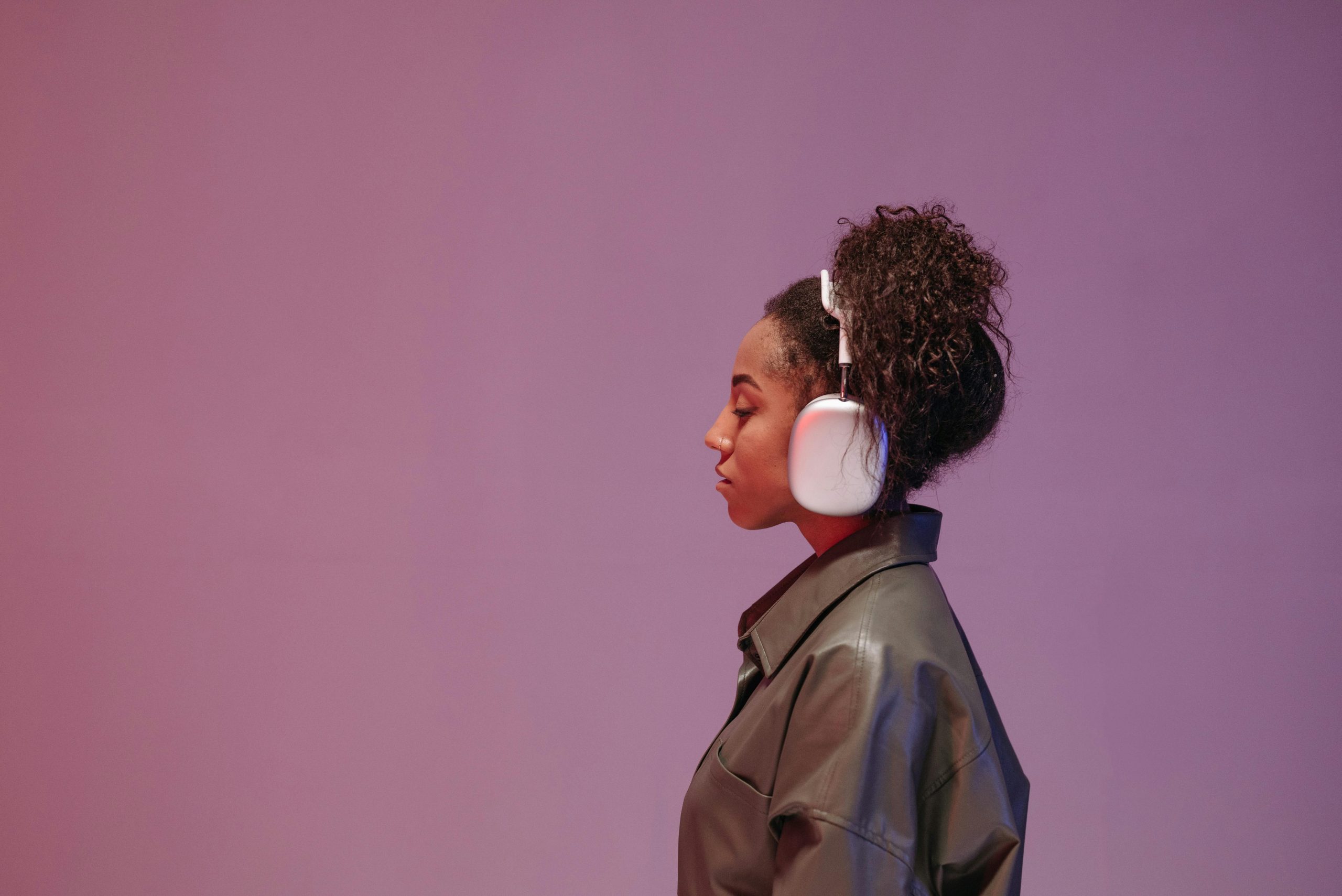Spotting AI Vocals vs Human Vocals: Key Signs for Producers

Why It Matters
For producers, knowing whether a vocal is human or AI-generated is becoming a new skill. With synthetic voices sounding more realistic every day, spotting the difference can protect your work, help you collaborate more honestly, and keep your catalog safe from future disputes.
1. Listen for Breathing and Imperfections
Human singers naturally breathe, shift tone, and sometimes go slightly off-pitch. AI vocals, on the other hand, often sound too perfect, with flawless pitch and little to no breathing noise. If it feels like a “robot never needing air,” it might be AI.
2. Pay Attention to Emotional Delivery
Humans convey emotion in subtle ways, a slight crack in the voice, changes in intensity, or imperfect timing. AI-generated vocals can struggle with these nuances, sounding flat or overly consistent. If the performance feels emotionally “empty,” that’s a red flag.
3. Check the Highs and Lows
AI voices sometimes falter in extreme ranges. Very high notes may sound metallic, while deep tones can feel unnaturally smooth. Human singers, even the most trained, usually reveal some strain or texture in those moments.
4. Analyze Timing and Flow
AI vocals often lock tightly to the beat, without the micro-delays or rhythmic push-and-pull humans naturally bring. That “too on time” quality can give synthetic vocals away.
5. Use AI Detection Tools
Of course, the ear test isn’t foolproof. That’s why AI detection technology is becoming essential. Platforms like aimusicdetection.com are designed to analyze tracks and highlight whether a vocal is human, AI, or a blend of both, giving producers peace of mind before releasing or collaborating.
Final Take
Spotting AI vocals isn’t just about being skeptical ,it’s about protecting your craft and making informed choices. By training your ear and combining it with detection tools, you can stay ahead of the curve and keep your music authentic.
